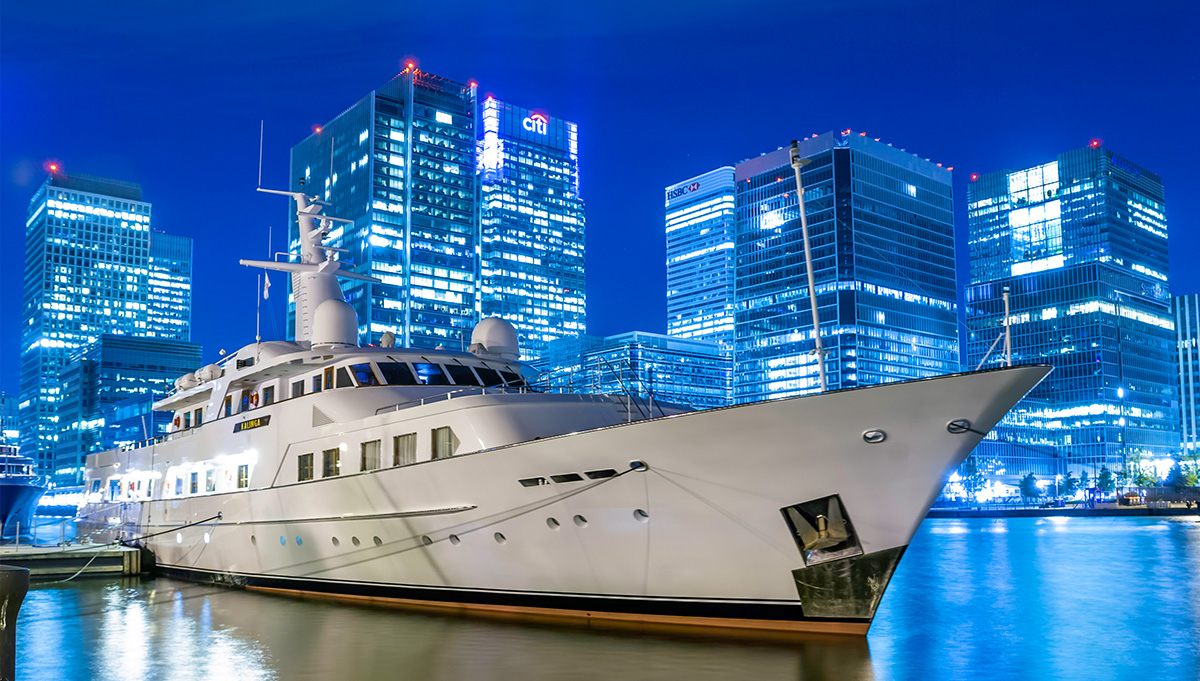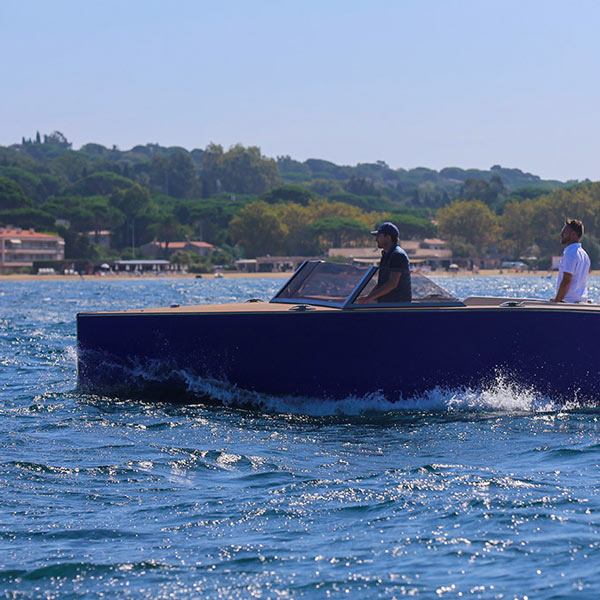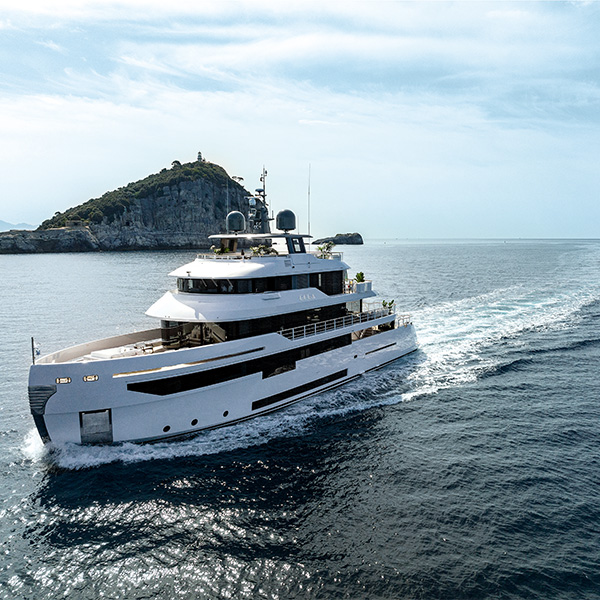
Kalinga

Kalinga
Sharing the superyacht spend
Studies are showing that from charter spend to home-porting, supply, refit and maintenance works, superyachts are not a resource hog – they are a creator of jobs and opportunity.
For all the talk of big money in big boats, it is often the case that the conversation focuses on the cost to build a superyacht. This is only a fractional part of the story, however – the 5,500-plus superyacht fleet has a continual and cumulative ongoing operational spend that can confer significant economic benefits both to home port regions and to faraway destinations. What’s more, yacht and superyacht spend typical far outstrips that of other marine sectors such as commercial or cruise on a per-capita measure.
It’s something that towns, cities and regional governments all over the world are starting to wake up to, from studies in Queensland, Australia, that are showing how investment in superyacht infrastructure can pay dividends both in economic impact and in image, to studies in Spain that have shown how charter yachts can contribute significantly to the local economy (and indeed, leading to a change in the taxing of charter vessels in the country).
For the latter, the Spanish Large Yacht Association (AEGY) began conducting an annual study into the state of the charter market in the Balearic islands in the early 2010s, in large part to monitor the growth of the market and the economic impact on the region following the change in the charter tax laws in 2013. The 2019 report – the sixth conducted – showed how the number of 20-metre-plus yachts registered to charter grew from 13 in 2013 to a peak of 170 in 2017. More importantly, total annual charter fees increased from just under €4,500 to over €47 million, with a peak in 2017 of 3,346 charter days. Moreover, the amount of IVA (tax) collected and the amount charter yachts spent on berthing, fuel, drinks and food both rose from almost nothing to €12 million. It’s the proof that is helping communities with little experience of yachts themselves realise what benefits yachting can bring.


The same has been true elsewhere. On Italy’s Ligurian peninsula, Genova recently celebrated landing the finish of the 14th edition of the Volvo Ocean Race – the pinnacle of professional ocean racing. The event will not only bring the world to Genova, but will also promote Genova and its surrounding attractions to the world – something that confers huge longer-term benefit to the city and the region.
“The value of The Ocean Race for the city of Genova, in addition to the great sporting prestige of the initiative, is that of promoting our city to the world: it’s beauty great attractions, food and wine, climate and cultural traditions,” enthuses Marco Bucci, Genova’s Mayor. “And we are confident in the full cooperation of the entire city – we will show what the people of Genova are capable of!”
Drawing on its maritime heritage is something that Genova has started to take even more seriously recently, and particularly with regard to the beneficial impacts that attracting superyachts can bring. Indeed, the city commissioned an extensive exploration into the impact on Genova and Liguria of yachting and superyachts, conducted by The European – House Ambrosetti, which presented the findings of its study looking at ‘The socio-economic impact of professional yachting in Genoa’ in 2020.

Genoa Volvo Ocean Race 2021

Genoa Volvo Ocean Race 2021
The results are conclusive. As the report suggests, “thanks to the completeness and transversal nature of the 57 business that make up the association Genova For Yachting, and who have shared their balance figures, supply chains and the activities of its associates, the study was able to analyse and measure the different types of spend all along the chain and therefore, for the first time, quantify the total effect, creating an index – Total Equivalent Economic Impact (TEEI) – innovative, objective, pondered and equivalent to the effect of a day’s stay in Genoa.”
The report found that the TEEI that a yacht measuring between 36 and 50 metres in length creates on average in just one day’s stay in Genova is €7,288. For larger yachts of more than 75 metres, that daily economic impact figure rises to more than €46,000. The study showed that in 2020 there were more than 770 yacht stays across the Genovese professional yachting cluster, for a combined total of 48,500 days stay and a cumulative economic impact of €354 million. In addition, the study was able to evaluate the equivalent employment level generated, which stood at over 2,100 jobs.


While it’s clear that the economic and employment benefits of yachting are considerable, it’s also important to realise that these cities and regions are not looking at the economic benefit solely in isolation – it is also clear that the regions and their communities recognise both the need and the opportunity to promote sustainability and ocean conservation as part of their activities around yachting. Such is the case, once again, with Genova which as part of it’s the Ocean Race ‘Genova The Grand Finale’ initiative, backed by the Presidency of the Council of Ministers, will include The Genova Process.
This initiative, led by The Ocean Race, brings together international experts in international law, diplomacy, ocean science and sport “to drive the ambitious goal of giving the ocean a voice”. Workshops will be used to draft principles of Ocean Rights, which will be presented in Genova during the Grand Finale event and then delivered to the UN Assembly in New York in September 2023. “The Genoa Process is a truly extraordinary path that will play a key role in drafting principles on ocean tights and bring us closer to presenting them to the United Nations,” offers Richard Brisius, Race Chairman of The Ocean Race.
Between economic influx, jobs and a drive to improve the health of the oceans, there is far more to superyachting that just a headline figure of what it cost to build the yacht. The people of Queensland, the Balearics, Genova, and a thousand more harbours, towns, cities, islands and coastlines all over the world would agree.



